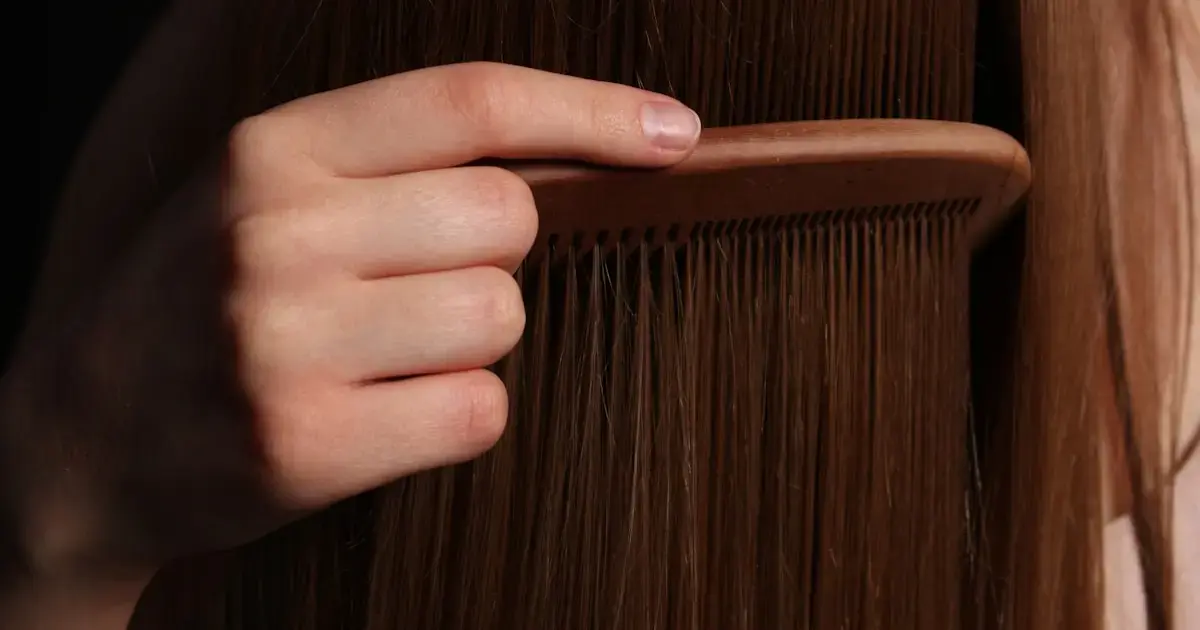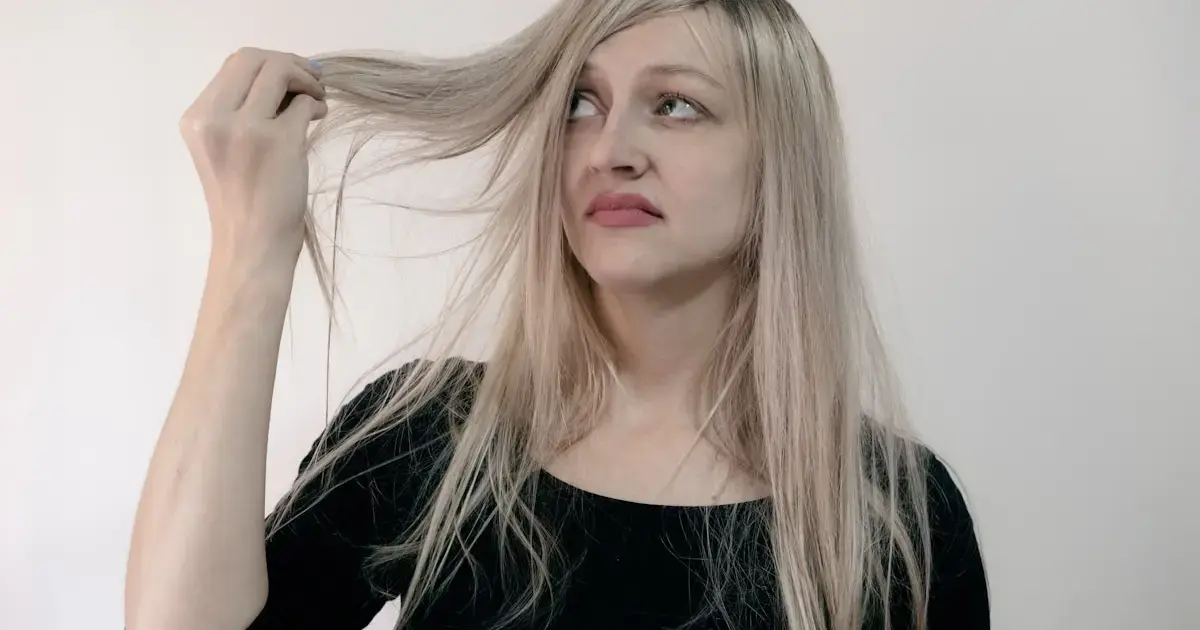 Experts assert that the appearance of your reflects not just your style, taste, or grooming habits, but is also a key indicator of your health. The condition of your hair can reveal, for instance, how much sleep you’re getting, whether you’re eating right, and even if you might be at risk for a .
Experts assert that the appearance of your reflects not just your style, taste, or grooming habits, but is also a key indicator of your health. The condition of your hair can reveal, for instance, how much sleep you’re getting, whether you’re eating right, and even if you might be at risk for a .
So, what can your mane (or lack thereof) tell you about yourself?
Long and Healthy Hair
If you have long, thick, and healthy hair, you can thank more than just your shampoo. It indicates that you are in great physical shape and also have good mental health.
Dermatologist Christos Tsiokos from the Royal College of London told the Daily Mail: “Beautiful hair is a result of a healthy diet that includes an optimal level of all necessary vitamins and minerals.”
And if people with perfect hair have ever seemed happier to you, you’re not mistaken. Dr. Tsiokos noted that healthy hair is generally a sign that a person is avoiding acute stress.
Thin Hair
While thick hair can indicate robust health, fine or damaged hair points to a range of issues. When hair begins to fall out or thin closer to the scalp, it signals a deficiency of nutrients in the body. These include copper, zinc, iron, or .
Iron plays a crucial role in the formation of hemoglobin, the protein that carries oxygen to the body’s tissues. Impaired hemoglobin production means that less oxygen reaches the hair follicles. This leads to thinning hair and, eventually, hair loss.

Hair Loss
The most common forms of hair loss are referred to by doctors as “androgen-induced,” linked to the production of sex .
Male-pattern baldness, also known as androgenetic alopecia, is the most prevalent cause of hair loss. It is associated with an androgen called dihydrotestosterone (DHT), which is crucial for normal sexual development. When too much DHT accumulates in the body, it actively stimulates hair follicles, leading to thinning hair and baldness.
Since male-pattern baldness is linked to hormonal imbalance, it often indicates that a person may be predisposed to certain diseases. For example, men may have an increased risk of developing coronary artery disease and prostate cancer, while women may be at risk for polycystic ovary syndrome.
However, if you suddenly start losing hair at a young age, it could be a result of significant physiological stress.

Oily Hair
Excess oiliness in hair occurs due to the accumulation of sebum. Typically, this helps keep the scalp and hair healthy and moisturized. However, under certain conditions, the skin may produce an excessive amount of this oil, creating a greasy layer that leads to flaking and irritation.
If you notice that your hair is excessively oily even with regular washing, it may indicate an underlying hormonal disorder.
Gray Hair
is usually a sign of aging, but some people go gray at a young age. “Graying can start as early as your twenties,” confirmed Professor Desmond Tobin from University College Dublin. This may be related to a disruption in melanin production—the chemical that gives hair its color.
Dr. Tsiokos explained: “Melanin is produced by specialized cells known as melanocytes; it is stored in small organelles called melanosomes.” Early loss of hair color can be a sign of certain health issues, including autoimmune diseases like vitiligo, as well as deficiencies in nutrients such as copper, zinc, and iron.
By the way, one of the most common causes of premature graying is smoking.
Damaged Hair
Even if your hair isn’t falling out, you may encounter issues with split ends or brittle strands. When hair is noticeably damaged, it usually means there’s something in the environment negatively affecting the strands or follicles.
One possible cause is significant exposure to environmental pollutants, particularly organic compounds formed from burning coal or oil. Under ultraviolet radiation, these compounds trigger a chemical process that damages the DNA, proteins, and cell membranes of the hair. Over time, this can lead to damage or even discoloration.
Photo: Unsplash
